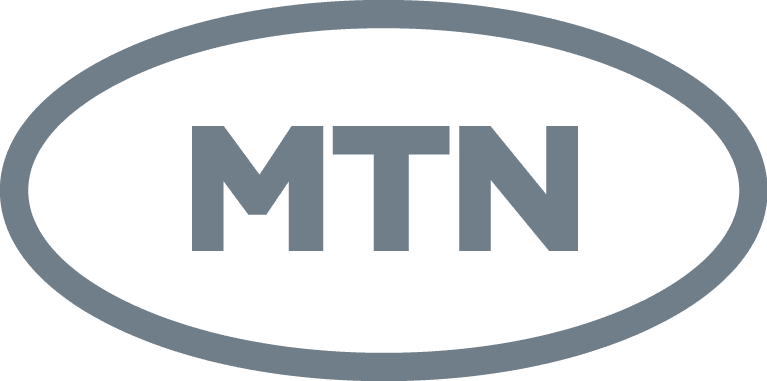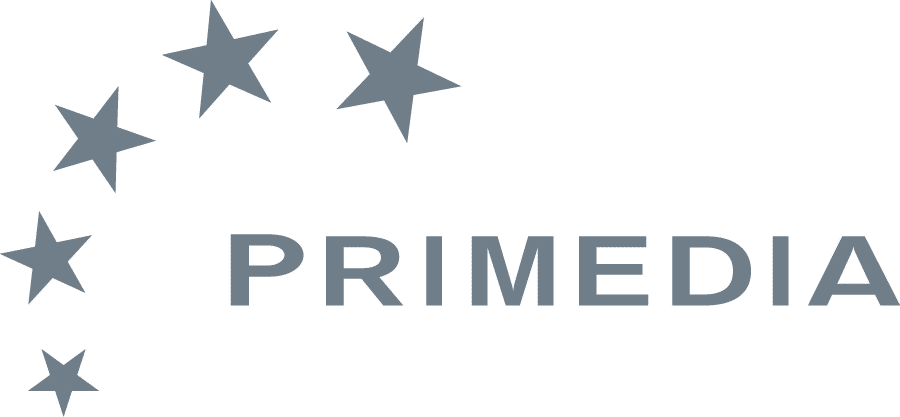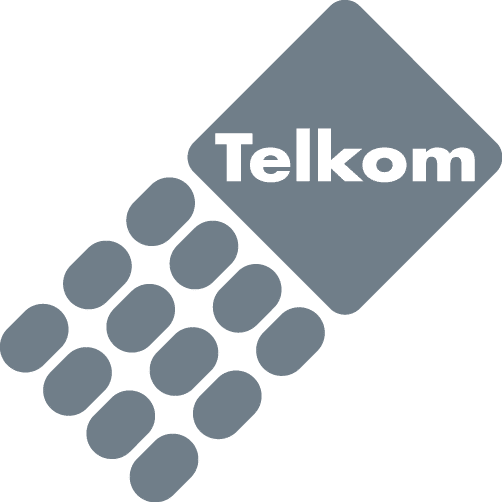In medicine, trust is paramount. Whether it’s a hospital, clinic, or health-tech startup, being able to inspire public confidence when the stakes are high is of the utmost importance. Crises — such as data breaches, service failures, public health crises, and patient safety problems — can occur at any time. This is why PR is so crucial in health crisis communication.
Effective crisis communication isn’t just about handling bad news. It’s a matter of managing perception, conveying accurate information, and maintaining a reputation for care, competence, and accountability. In high-stakes sectors such as healthcare, a single misstep in messaging can erode public trust, invite regulatory scrutiny, or spark media backlash. Public Relations provides timely, transparent, and values-aligned communication.
Understanding Healthcare Crises and the Role of Public Relations
Medical crises can manifest in various scenarios, including pandemics, hacking of patient information, questionable test results, staff impropriety, and a shortage of supplies. What they share is the capacity to undermine public faith. Sometimes, the rate and clarity of a response can help determine how the public will react. That’s when Public Relations becomes invaluable.
Unlike other sectors, healthcare communication must operate within stringent regulatory environments (such as HIPAA in the U.S.), be sensitive to emotional subject matter, and address diverse stakeholders—patients, families, media, government, and employees. PR pros must walk a fine line between transparency and politeness, empathy and power, and speed and accuracy. That will take more than a communications plan — it will take crisis preparedness.
PR teams are the ones who step in as first responders when reputational risk arises. They work with executives to develop statements, consult with legal teams, field media inquiries, and ensure that all communications are aligned both internally and externally. They also serve to reassure the public that they prioritise patient care above all.
The Practice of Healthcare Public Relations is not reactive; it must be proactive. Companies that practice media training, scenario planning, and stakeholder mapping are better prepared to respond to high-pressure scenarios. Public Relations should also be monitoring the media and social media for early signs of trouble and have protocols ready to react before the issue arises.
The role of PR in the healthcare sector. As it is recognised that the healthcare sector operates in a high-trust and high-risk environment, PR is a vital component of operational resilience.
Building a Crisis Communication Plan in Healthcare Public Relations
Every healthcare organisation needs a robust crisis communication plan. Central to that plan is PR: handling clear, compassionate communication under pressure, both in advance and during a crisis.
Begin with a crisis response team comprising PR, legal, HR, and executive leadership. This should be a cross-functional team with assigned roles, contact lists, and the power to make decisions promptly. PR professionals are responsible for the communication side – creating a holding statement, FAQs, determining the level of detail for media, and establishing an approval protocol beforehand.
Plot Possible Futures. A cybersecurity threat, a natural disaster, a medical error, or misinformation about vaccines each demands different remedies. Without the need to start from scratch and with the tools to have templates and messaging documents per type of event, PR teams could save much more precious time during real events.
The strategy should also incorporate a stepped-up stakeholder communication strategy. Direct internal communication — between staff, doctors, and nurses — is crucial. Transparency with your team minimises confusion and gains their backing for the outside message. And then, patients, families, partners, and the media. Public Relations ensures that messages are tailored for each audience and the right tone and channels are used.
Another critical piece is media training. Spokespeople need to be prepared to answer questions from the press, refrain from speculation, and communicate with authority and empathy. PR teams will frequently simulate and coach employees to ensure they are prepared.
Documentation and versioning also have a bearing. In rapidly changing situations, mixed messages can easily slip through. Public Relations assists in helping keep messages unified, compliant, and based on public health guidance as well as the organisation’s “true north”, or values.
Best Practices for Public Relations During Healthcare Crises
Healthcare companies must respond promptly and effectively when a crisis arises. Here are some PR Best Practices:
Rapid Fire, but Not Hasty: Being quick is crucial, but being accurate is mandatory. A holding statement should be released by Public Relations immediately, reaffirming the information. Admitting to the problem without conjecturing adds to credibility.
Be Open and Empathetic: Healthcare crises can be emotionally challenging. PR messaging must acknowledge public concerns, provide reassurance, and offer concrete next steps. Empathy helps build trust and extinguish conflicts.
Vary the Channels: Not everyone receives information in the same way. Public Relations should align messages across all channels, including press, web, social, email, and, in some cases, even physical signage.
Centralised Information: Create a crisis hub—be it a webpage, a hotline, etc.—where people impacted will have access to updates. This way, you nip the liabilities in the bud and show that you’re genuinely caring.
Listen and Adapt: Listening is a crucial component of Public Relations during a crisis. Track social media, news, and community information to adjust your messaging as needed—control gossip immediately with the truth.
Engage Your Leadership: Put a respected executive in front of the response. Their visibility, with the help of PR professionals, fosters accountability and calm.
Recovery Plan: After the crisis abates, PR needs to handle reputation restoration — thanking stakeholders, where applicable, sharing lessons learned, and implementing better policies or practices.
Good PR doesn’t make a crisis go away—but it mitigates the damage, allowing it to emerge largely intact, with credibility still intact.
Measuring the Effectiveness of Healthcare Crisis Communication
Once the crisis is contained, you can assess the situation. Reading the success ratio for your Public Relations activities provides valuable information for possible enhancements in the future. In the context of health, this includes evaluating communication outcomes and reputational restoration.
Media Analysis: Monitor media for tone, accuracy, reach, and volume. Did PR succeed in ensuring your message ended up in the correct hands? Did the headlines do justice to your response?
Sentiment Analysis: Listen to online sentiment creation with social listening tools. Do patients, journalists, and community voices reflect trust or scepticism? PR practitioners should monitor for keywords, hashtags, and comments related to recurring themes and topics.
Engagement Metrics: On digital channels, track open rates, share of voice, comments and traffic to crisis content. Greater interactivity is a sign of successful reach and message comprehension.
Internal Feedback: Poll campus employees to determine how well they knew crisis protocols and whether they felt informed. Internal reliability is as important as external credibility.
Stakeholder Feedback: Monitor responses from partners, regulators, donors, and community leaders. A good nod of the head means that your Public Relations was properly respectful and complete.
Recovery Indicators: Track how quickly brand perception, media trust, and patient satisfaction recover. Did the group deliver on the things they promised to do? What sells that story is PR.
Post-crisis debriefs can be vital for PR teams to identify their strengths and areas for improvement. Document every lesson. The best PR for healthcare organisations is continually refined and developed on the ground through hard work and dedication to improvement.
Conclusion
In healthcare, crisis communication isn’t an afterthought; it’s a strategic discipline that lies at the very foundation of protecting life and reputation. In times of ambiguity, the public expects health systems to lead, communicate and empathise. This is when Public Relations counts the most.
From developing strong crisis response plans to crafting compassionate messaging and measuring public opinion, health industry PR professionals are particularly well-suited to lead during challenging times. Their capacity for internal and external coordination, as well as for maintaining transparent relationships, is a means to safeguard trust, even in situations beyond the control of a hospital or clinic.
GET IN TOUCH WITH THE DIGITAL SCHOOL OF MARKETING
Do you want to become a digital public relations expert with the Digital School of Marketing? If you do, you must do our Digital Public Relations Course. Follow this link to find out more.
Frequently Asked Questions
Rise of communication in healthcare. Public Relations is the strategic handling of information and messaging during emergencies. This entails knowing how to prepare for, respond to and recover from incidents such as data breaches, medical errors and pandemics. As a PR professional, you would write messages that restore public confidence, liaise with informed stakeholders, and ensure the organisation’s reputation isn’t damaged by the crisis.
PR becomes especially important during a healthcare crisis, ensuring that communication is timely, transparent, and coordinated across all stakeholders. Patients, families, staff, and the public need information to make informed decisions. Public relations professionals aid organisations in managing the narrative, correcting misinformation, and preserving the trust of the public. They also handle media relations, prepare spokespeople, and coordinate internal and external messaging.
Established roles, response protocols, media approaches, and approved messaging templates must be in place in a healthcare crisis communication plan, which the Public Relations department coordinates. It needs to determine who its crisis team is, how it will handle internal and external communication, and how to manage a host of scenarios — from cyberattacks to service disruptions to health emergencies. The strategy should focus on early presentation, stakeholder involvement, and clear communication.
Amid a health crisis, PR experts take control of the media by writing and distributing news releases, conducting briefings, and coaching spokespeople to ensure effective communication. They ensure that reliable information is disseminated through credible channels and take prompt action to combat misinformation. PR practitioners become the primary point of contact, answer journalists’ questions, and oversee the media to ensure tone and accuracy. Being proactive in the media creates credibility, as opposed to being reactive, which can lead to confusion.
Healthcare organisations need to anticipate, speak the truth, and act swiftly when a crisis arises. Transparency and the same rules applied consistently really is what it comes down to.” PR teams would do well to avoid speculation, rely strictly on verified facts and substance, and demonstrate empathy in all messaging. Ongoing training, drills, simulations, and cross-department collaboration also help prepare teams to respond in real-time. PRs also track public opinion and news trends so they can nip potential issues in the bud.
.
Crisis Public Relations in health care is more delicate because it is related to human life and health. Healthcare PR has unique concerns regarding patient privacy, regulatory compliance, and emotional stakes that differ from those in other verticals. Messaging must strike a balance between truth and compassion. I think you often face more scrutiny from the public, regulators, and the media. Healthcare PR professionals also must consider scientific complexity, health misinformation, and medical ethics.





















